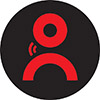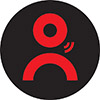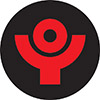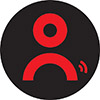Only recently becoming popular in North America, dry needling is widely used by all physiotherapists in Australia and many other regions across the globe. Typically, the technique add for treating musculoskeletal conditions, including acute and chronic neck pain, back pain, tennis elbow, runner’s knee and Achilles tendinopathies. In some states, certified personal trainers may use this method to help with muscle recovery for athletes.
Dry needling is based on Western medicine and neuro-physiological principles. It is different from traditional Chinese Acupuncture, which includes diagnosis and reasoning based on Chinese medicine assessment. Both traditional and western dry needling work on meridian points and 71% of trigger points actually coincide with acupuncture I would add a section explaining the difference between Dry Needling and Acupuncture.
How does Dry Needling work?
Dry needling involves the use of a solid filament needle to stimulate a twitch response to release muscle tension and pain, allowing the body’s biochemistry to produce a natural analgesic. It helps to treat the limitations and restrictions that are found during physical assessment. For most conditions, dry needling has little or no post treatment side effects with equal or better therapeutic effect than other manual therapies.
The needles are inserted into trigger points to Need different wording… Your muscular pain then then lessens and after a couple of treatments can even disappear.


What is a Trigger Point?
A trigger point is a hyperirritable spot within the muscle. It is usually painful to touch and may refer pain elsewhere. Your trigger point may give you abnormal movement and “autonomic” changes such as temperature and skin changes at the site of a pathology.
The benefits of Dry Needling

Alleviate neck pain

Cure headaches or migraines

Reduce jaw pain

Ease muscular tightness

Shorten sports injury recovery

Treat shin splints

Become a Dry Needling practitioner and better serve your patients
Like you, we are continually honing our approach to our practice. Find educators and courses near you to become a dry needling practitioner.
